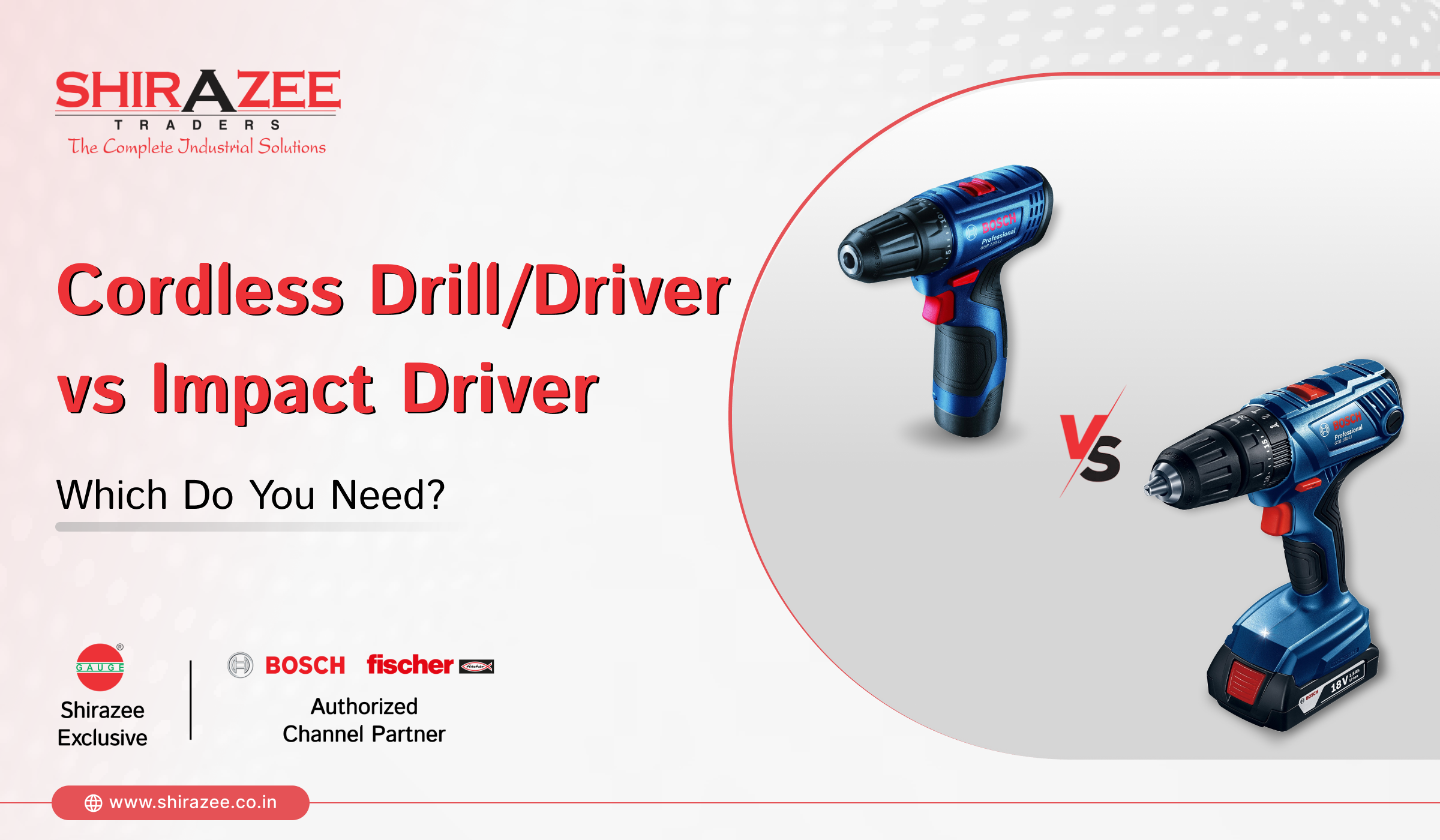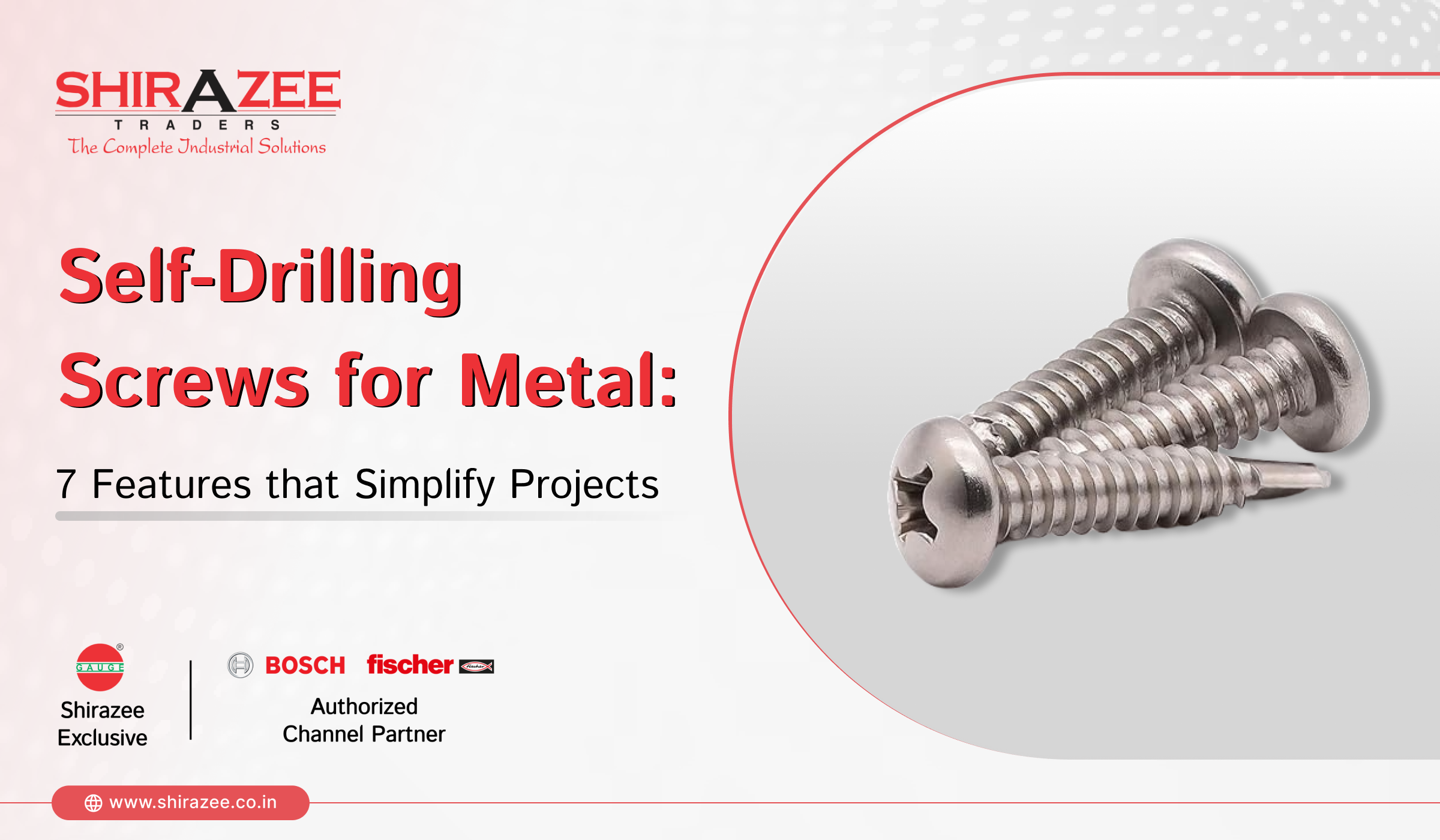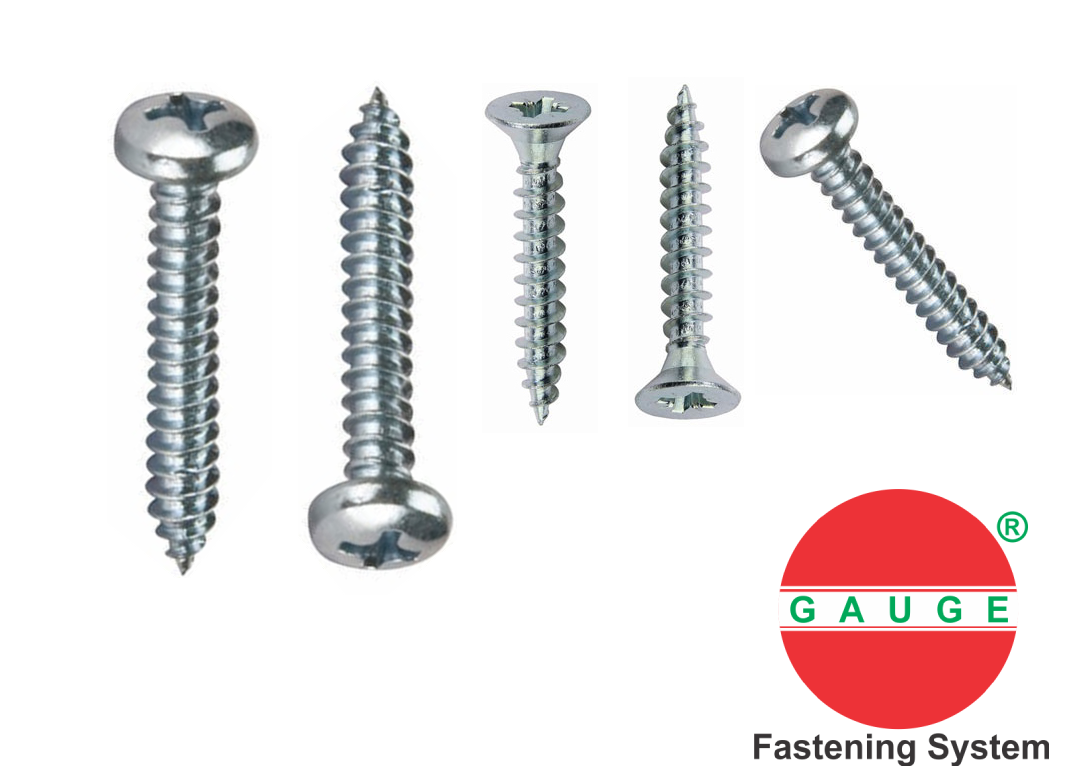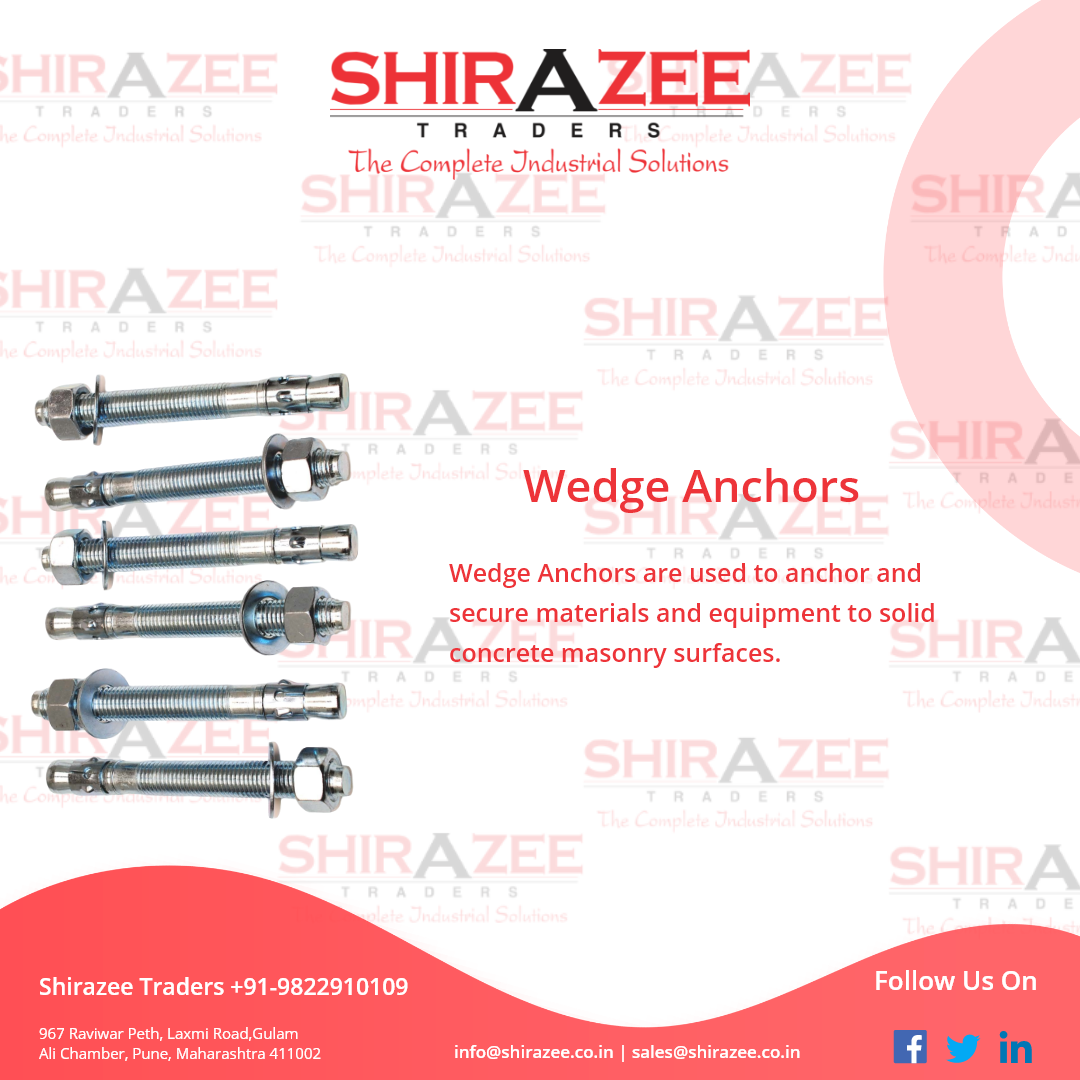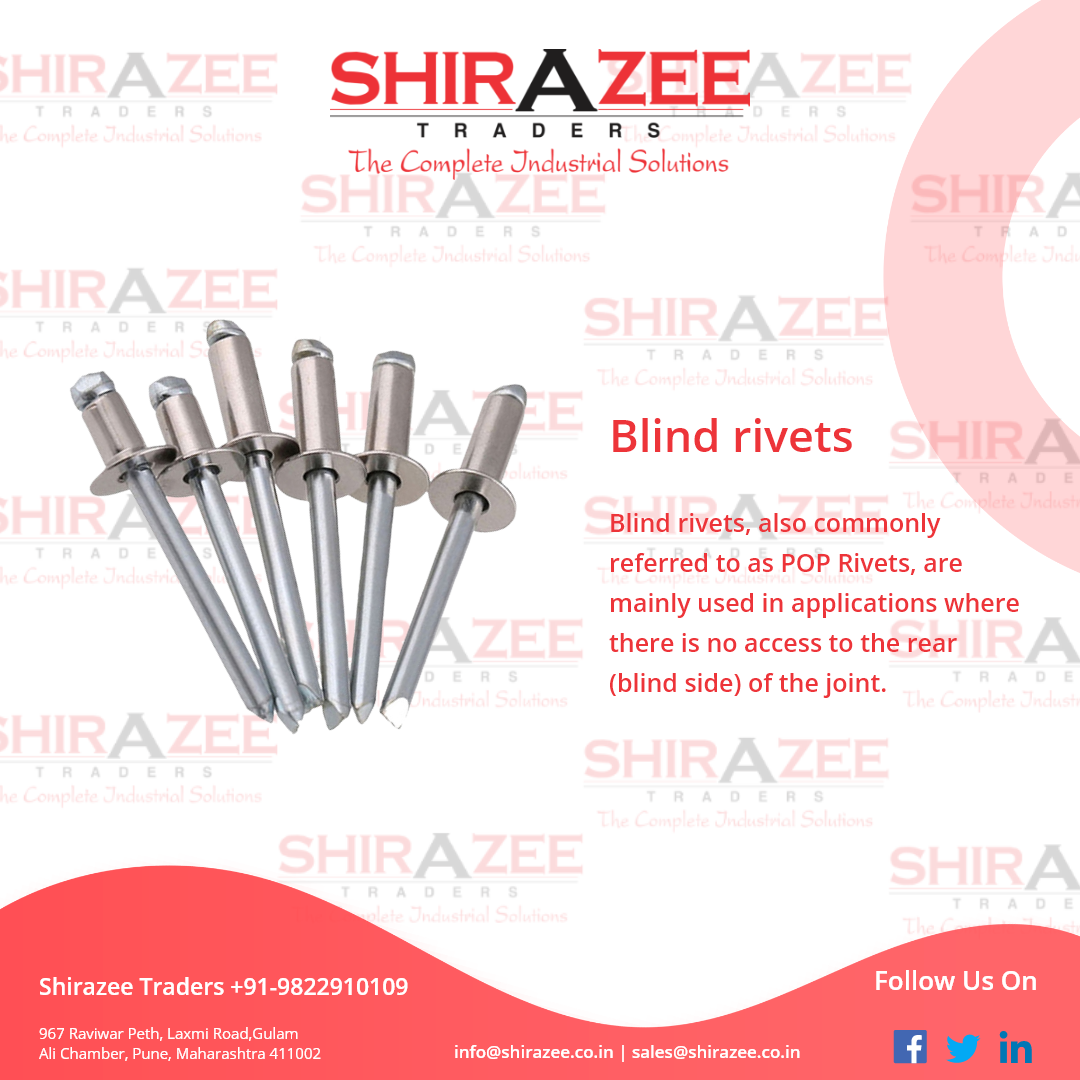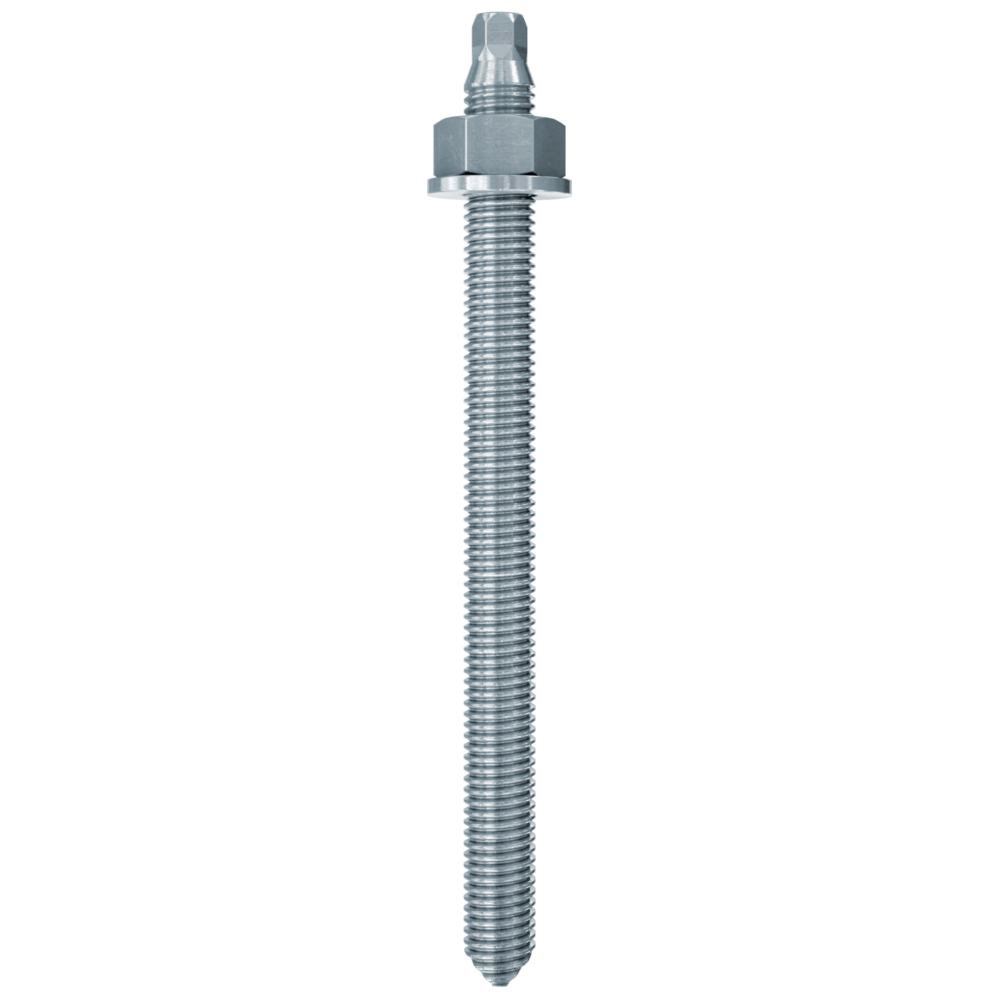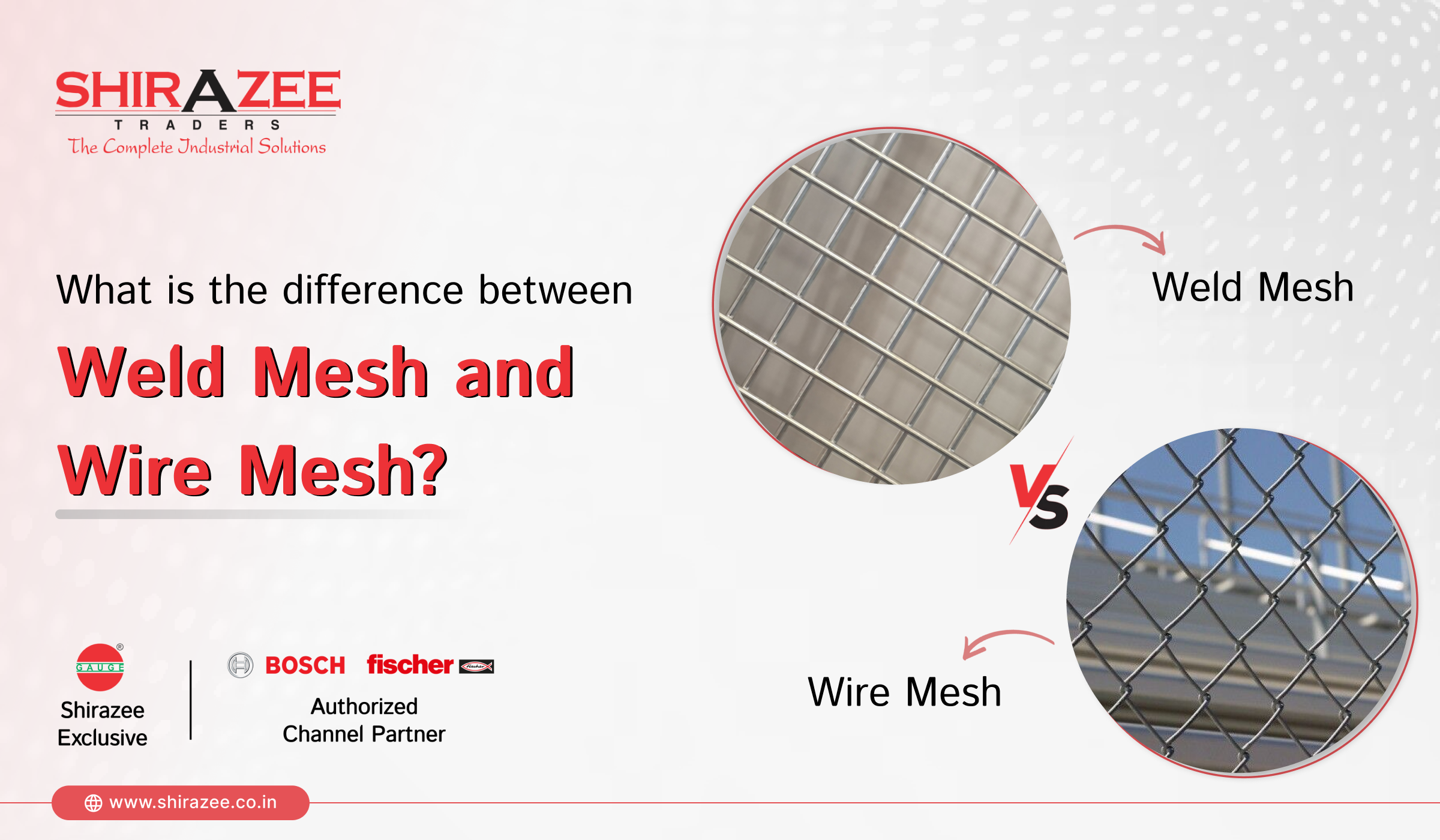
What is the Difference between Weld Mesh and Wire Mesh?
posted in Business, Industrial Equipment by admin
Weld mesh and wire mesh are two terms that come up frequently in the wide world of hardware tools and building supplies. Although these terms initially appear to be interchangeable, a closer look reveals clear differences in their composition, production methods, and uses. The goal of this blog is to clarify the differences between wire and weld mesh and highlight their special qualities and uses in the world of hardware tools.
Let Us Understand Weld Mesh
Weld mesh, sometimes known as welded wire mesh, is a multipurpose material that is well-known for its strength and resilience. It is built from intersecting wires that are fused together at every intersection to form a strong structure resembling a grid. Weld mesh is incredibly strong and deformation-resistant thanks to this welding process, which makes it the perfect option for applications requiring stability and structural integrity.
Stainless steel wire or low carbon steel wire, both of which have outstanding tensile strength and resistance to corrosion, are commonly used to create welding mesh. The particular requirements of the application will determine which material is best; stainless steel wire is preferred due to its increased durability in corrosive environments. Weld mesh is widely used in a wide range of construction and industrial applications, from security barriers and fencing to concrete reinforcement and industrial shelving.
Let Us Understand Wire Mesh
Wire mesh is distinguished from weld mesh by its woven construction, in which wires are arranged in different patterns. A material that is flexible and adaptable to many shapes and contours is produced by this weaving process. There are several weave patterns for wire mesh, such as plain, twill, and Dutch weaves, each with special qualities appropriate for particular uses.
Applications for wire mesh are numerous in many industries; they range from filtration and sieving to decorative accents and architectural design. Because of its versatility and adaptability, it is a material that is essential for many tasks, including airflow management, partitioning, and screening. Stainless steel, galvanized steel, and aluminum are common materials for wire mesh, and each has unique properties suited to particular applications.
Factors that distinguish weld mesh and wire mesh:
1. Manufacturing Process:
Weld mesh and wire mesh are primarily differentiated by their respective manufacturing processes. Whereas wire mesh is made by weaving, welded mesh is made by welding.
2. Structural Integrity:
Weld mesh has better structural integrity than wire mesh because of its welded intersections, which provide more resistance to bending and deformation.
3. Strength and Rigidity:
Weld mesh is suited for applications needing increased durability and stability since it is typically stronger and more rigid than wire mesh.
4. Flexibility:
Compared to welded mesh, wire mesh is more flexible and adaptable due to its weaving process, which makes it easier to conform to irregular shapes and surfaces.
5. Applications:
Weld mesh is frequently used in situations where strong reinforcement is needed, like construction, fencing, and concrete reinforcement. Conversely, wire mesh has a wide range of uses in screening, filtration, and decoration.
Here are some additional major differences that can help you decide which one might suit your project the best!
Applications in Hardware Tools
In the world of hardware tools, wire mesh and weld mesh both play crucial roles and each has special features and advantages suited to particular uses. Because of its unmatched strength and rigidity, weld mesh is preferred for heavy-duty applications like making industrial shelving units, security fences, and concrete structure reinforcement. On the other hand, wire mesh’s adaptability and versatility make it ideal for a variety of uses, such as sieving screens, filtration systems, and architectural accents.
Durability and Longevity: The Strength of Weld Mesh
Weld mesh is a top option for applications requiring long-term structural integrity because of its remarkable longevity and durability. Weld mesh panels’ welded intersections produce a strong framework that is resistant to impacts, heavy loads, and environmental conditions. Weld mesh offers unmatched strength and resilience, guaranteeing the longevity of the structures it supports, whether it is used in concrete reinforcement to improve structural stability or in fencing to provide security and boundary demarcation.
Versatility and Adaptability: Exploring the Applications of Wire Mesh
Because of its adaptability and versatility, wire mesh is a material that can be used in a wide range of industries. Because of its woven structure’s flexibility, wire mesh can easily adapt to a variety of irregular shapes and contours. Wire mesh finds a wide range of applications where its flexibility, airflow characteristics, and aesthetic appeal are valued, from industrial filtration systems and agricultural fencing to architectural designs and decorative elements. For designers, architects, and engineers looking for creative solutions, wire mesh is a popular option because of its capacity to offer both structural support and aesthetic appeal.
Material Selection Considerations: Choosing the Right Mesh for Your Project
To ensure optimal performance and suitability, a number of factors need to be taken into account when choosing between wire mesh and weld mesh for a project. Choosing the right mesh material depends on a number of factors, including aesthetic preferences, load-bearing requirements, environmental factors, and financial constraints. Choosing the right materials for a project can be aided by conducting in-depth needs assessments and speaking with knowledgeable experts. Through a meticulous assessment of these factors, project participants can select the mesh material that most closely matches their objectives and specifications, guaranteeing favorable results and sustained contentment.
Conclusion
Although wire mesh and weld mesh are both mesh materials used in hardware tools, they differ in their applications, manufacturing processes, and structural integrity. Welded mesh is superior in strength and stiffness because of its construction, while wire mesh is more flexible and adaptive because it is woven. Hardware experts can choose the best material for their particular applications and ensure projects have the best performance and longevity by being aware of these differences and making educated decisions.

